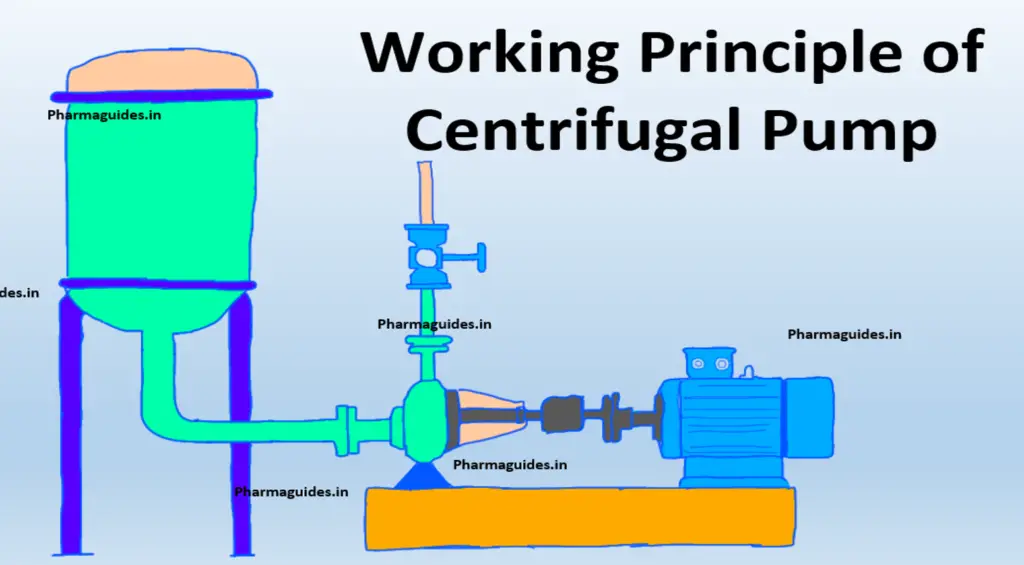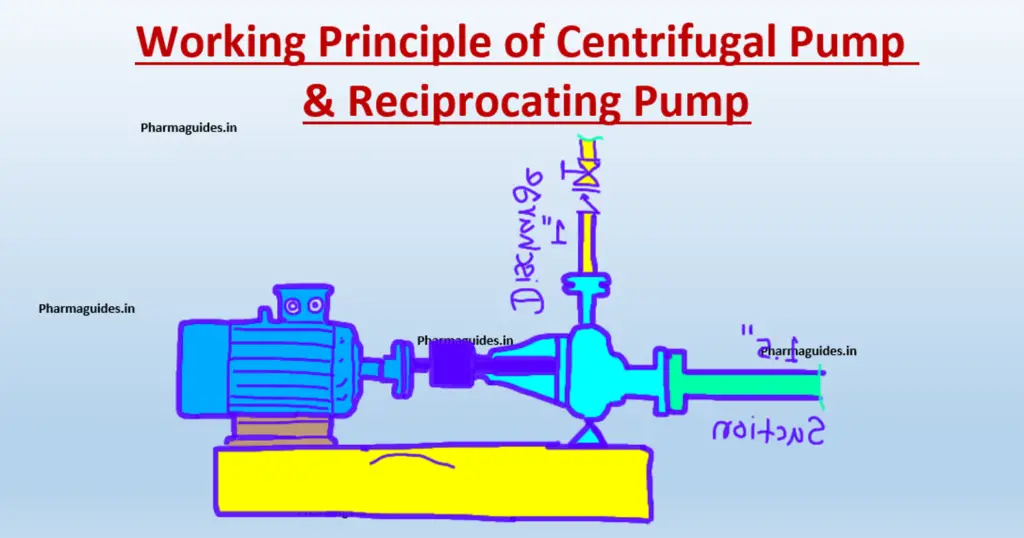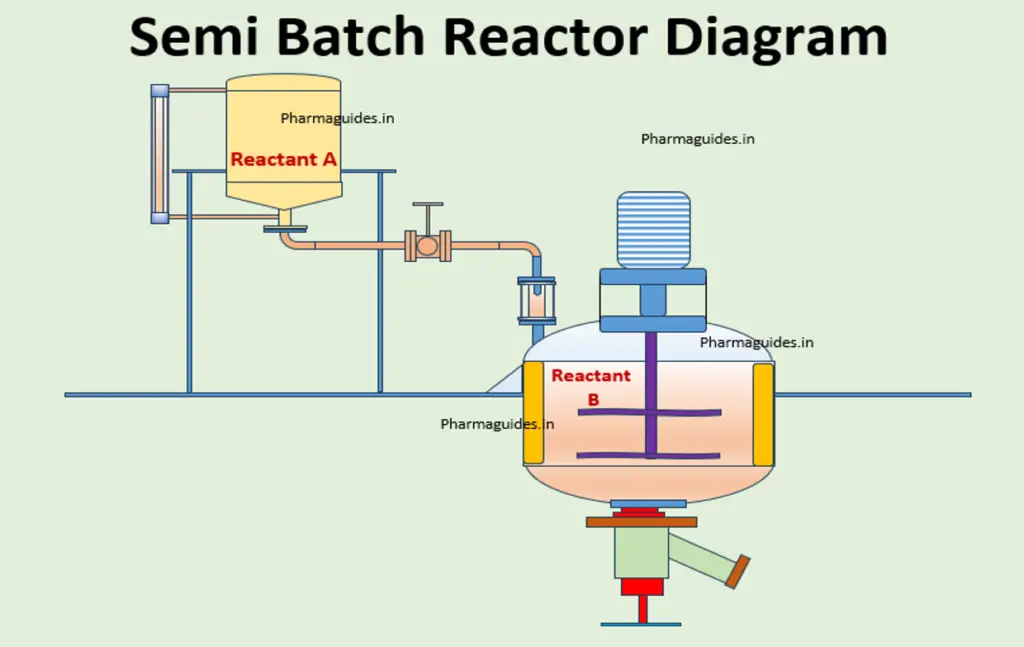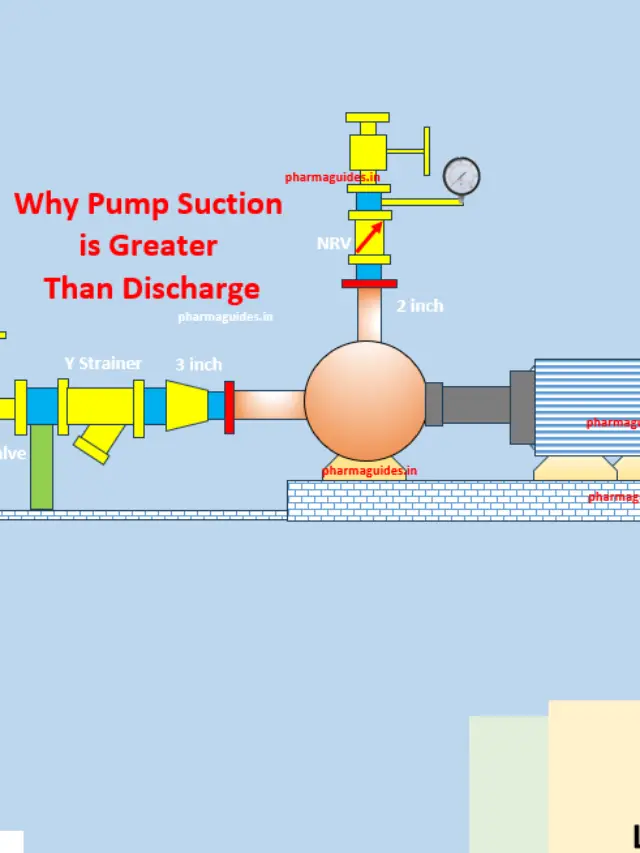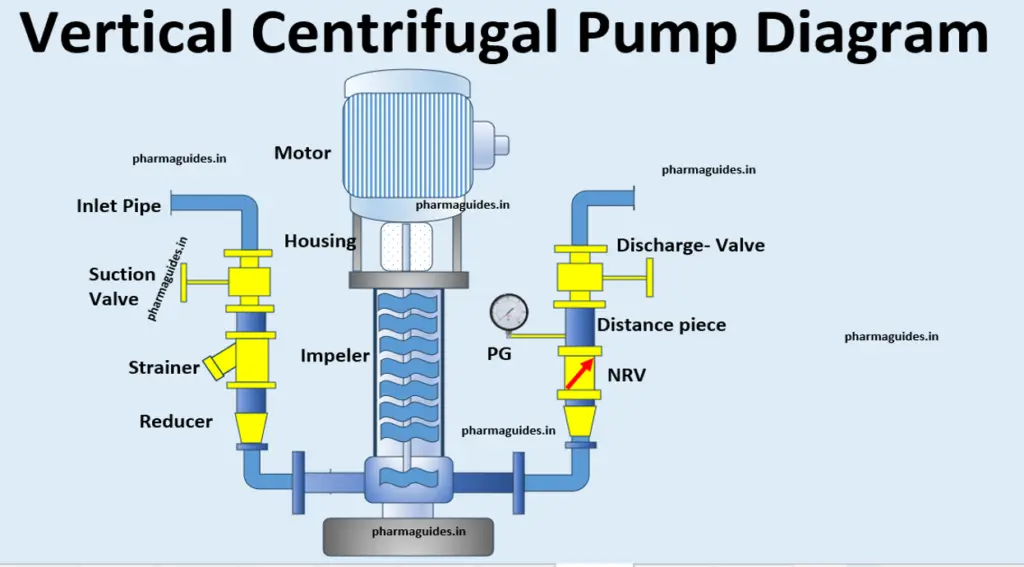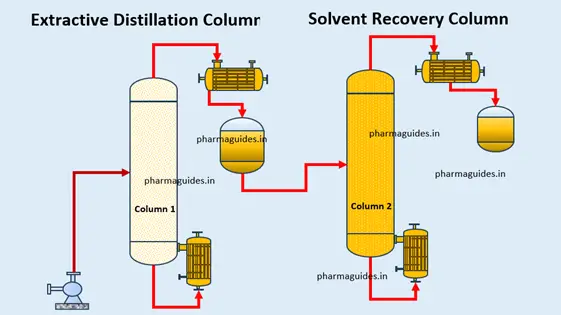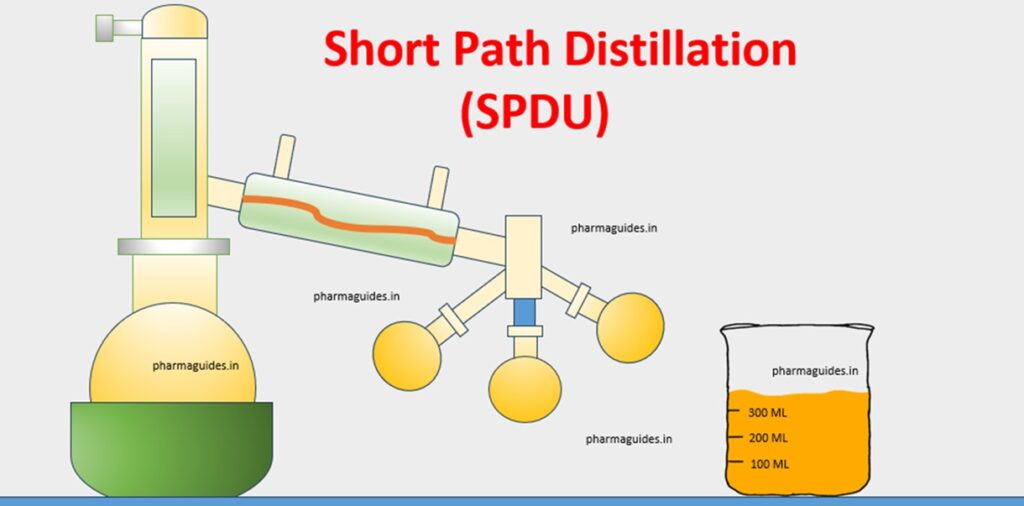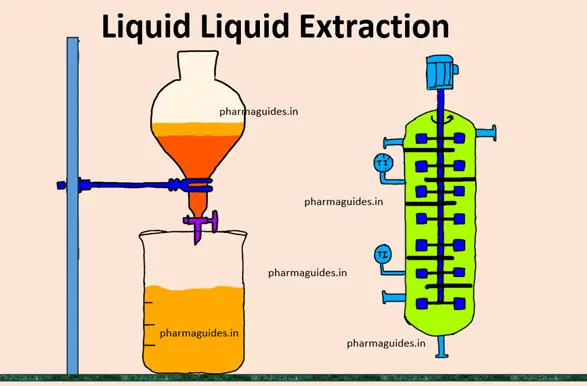reflux ratio in distillation |optimum reflux ratio, Total Reflux
Article Contents
Reflux Ratio in Distillation
The reflux ratio in distillation is the ratio of the reflux returned to the column to the distillate collected. Increasing the reflux ratio improves the purity of the product, but also increases energy consumption.
What is Reflux in Distillation?
Reflux in distillation refers to the portion of condensed overhead product (distillate) that is returned to the top of the distillation column rather than being collected. This returned liquid flows back down the column and provides internal liquid-vapor contact with the rising vapors, helping to improve the separation efficiency of the distillation process.
Why is Reflux Important?
Reflux plays a critical role in enhancing the purity of the separated components. When more reflux is provided:
- There is better heat and mass transfer between the rising vapors and falling liquid.
- The number of theoretical stages required for a given separation decreases.
- The separation becomes sharper, meaning higher-purity distillate and bottoms can be achieved.
However, too much reflux increases energy consumption and operating costs. Hence, optimizing the reflux ratio is crucial.
Types of Reflux Ratios in Distillation

Following are the main types of reflux ratio.
- Minimum Reflux Ratio
- Total Reflux
- Optimum Reflux Ratio
- Zero Reflux
Lets discuss each type in details.
Minimum Reflux Ratio
This is the lowest possible reflux ratio at which the desired separation can just be achieved. At this ratio, the column would require an infinite number of stages, making it impractical for real operations. It’s often determined using the Fenske-Underwood-Gilliland (FUG) method or using the Underwood equation.
Total Reflux
In this condition, all the condensed distillate is returned as reflux, and no product is withdrawn. This is primarily used during startup or testing, not in continuous operation. It results in the minimum number of stages needed for a specific separation.
Optimum Reflux Ratio
This is the practical reflux ratio used in operation. It balances capital and operating costs — fewer trays/stages but higher energy demand, or more trays and lower energy. Typically, the optimum reflux ratio is 1.2 to 1.5 times the minimum reflux ratio
zero Reflux
No condensed vapors are returned to the column, meaning all distillate is collected. In this case, the separation is highly inefficient or may not happen at all, especially for difficult separations.
Reflux Ratio Formula in Distillation
The reflux ratio (R) is defined as: R=L/DR
Where:
- L = liquid returned as reflux
- D = distillate product withdrawn
How to Calculate Reflux Ratio in Distillation
To determine the reflux ratio:
- Measure the flow rate of the distillate product (D).
- Measure the flow rate of the reflux liquid returned to the column (L).
- Apply the formula:
R=L/D
For design purposes, you can also use:
- McCabe-Thiele Method (graphical approach)
- Fenske-Underwood-Gilliland equations (for minimum and actual stages)
Optimum Reflux Ratio in Distillation
This is typically selected between 1.2 and 1.5 times the minimum reflux ratio. It provides a practical compromise between column height (capital cost) and condenser/reboiler duties (operational cost). Choosing an optimum value ensures:
- Acceptable energy consumption
- Reasonable equipment size and cost
- Stable and efficient column operation
Comparison of Reflux Ratio Types
| Type | Reflux Returned (L) | Distillate Taken (D) | Reflux Ratio (R = L/D) | Usage |
|---|---|---|---|---|
| Minimum Reflux | Low | High | Very Low (near 1) | Theoretical limit (infinite stages) |
| Optimum Reflux | Moderate | Moderate | ~1.2 to 1.5× R<sub>min</sub> | Practical operation |
| Total Reflux | All | None | ∞ | Startup/testing |
| Zero Reflux | None | All | 0 | No separation |
Frequently Asked Questions and Answers (FQNA) on Reflux Ratio in Distillation
1. What is a reflux ratio in distillation?
The reflux ratio is the ratio of the liquid returned to the distillation column as reflux to the liquid collected as distillate.
2. Why is reflux important in distillation?
Reflux helps improve the separation efficiency in a distillation column, allowing for higher purity of the top and bottom products.
3. How do you calculate the reflux ratio?
Reflux Ratio (RR) = L / D,
where L = liquid returned as reflux, and D = distillate collected.
4. What is the minimum reflux ratio?
It’s the lowest reflux ratio at which the desired separation can be achieved, but with an infinitely large column (theoretically).
5. How is the minimum reflux ratio determined?
It is calculated using methods like the Underwood equations or graphically from the McCabe-Thiele diagram by finding the intersection point of the operating line and the equilibrium curve.
6. What is the optimum reflux ratio in distillation?
The optimum reflux ratio is a practical value that balances product purity and energy consumption, typically 1.2 to 1.5 times the minimum reflux ratio.
7. What is total reflux in distillation?
Total reflux is when all the condensed vapor is returned to the column, and no product is withdrawn. It’s used during startup or for theoretical analysis to determine the number of ideal stages.
8. What is zero reflux?
Zero reflux means no liquid is returned to the column. This is generally inefficient and results in poor separation.
9. What is the difference between total reflux and minimum reflux?
Total Reflux: Infinite reflux ratio, used for maximum separation without product withdrawal.
Minimum Reflux: Smallest ratio for separation but requires an infinitely tall column.
10. Why not operate at very high reflux ratios?
High reflux ratios do improve separation but lead to significantly higher energy costs and operational expenses, making it economically inefficient.
Conclusion
The reflux ratio is one of the most important design and operational parameters in distillation. It affects product purity, energy efficiency, and equipment size. Understanding the types — minimum, optimum, total, and zero — helps in making informed decisions during column design and operation. The goal is always to achieve desired purity at minimal cost and maximum efficiency by operating at or near the optimum reflux ratio.
Read Also





